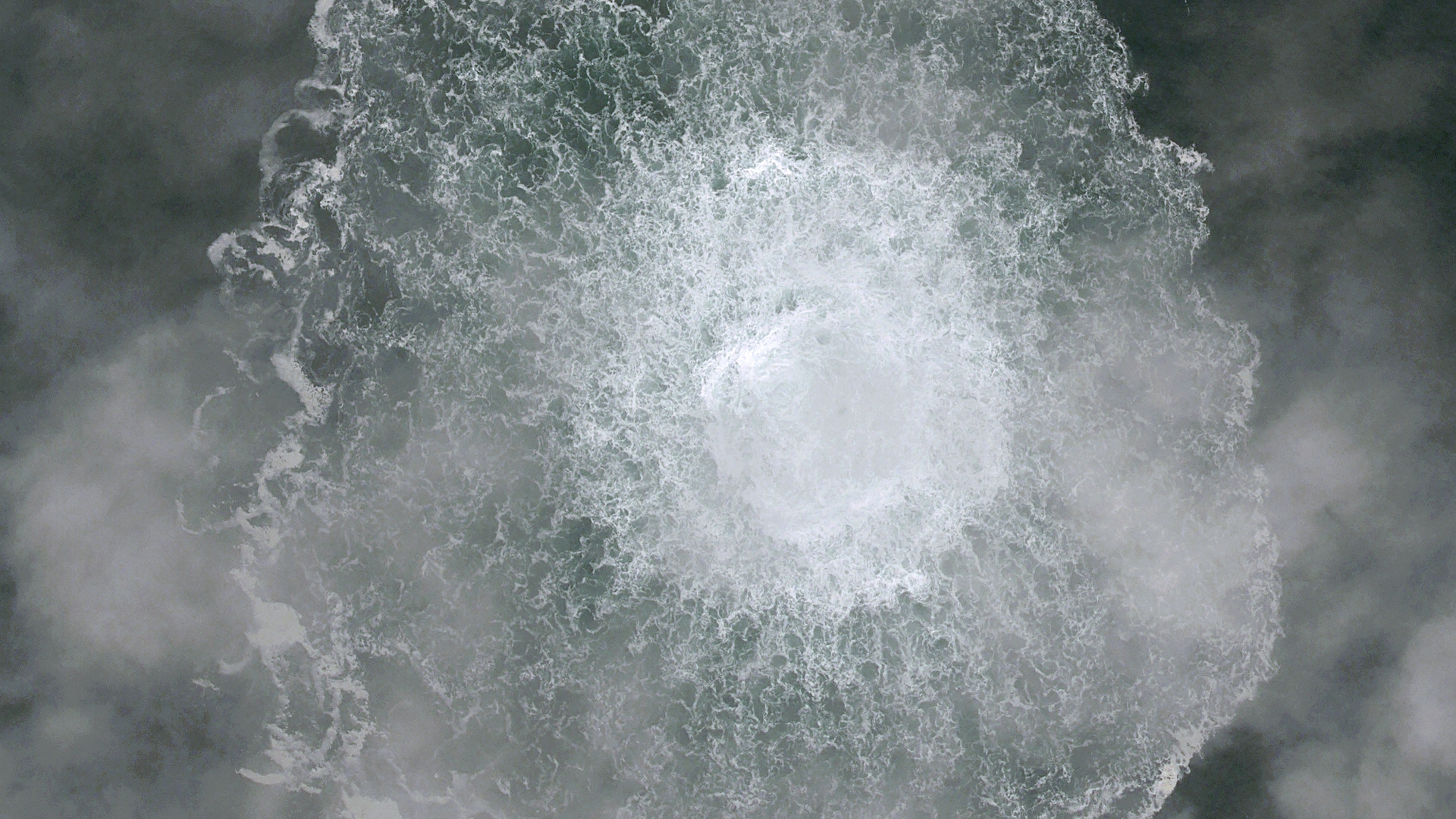Huge Nord Stream pipeline gas leak not big enough to warm climate, scientists say
Researchers calculated that methane leaked from the Russian pipeline will warm Earth by 0,000018 degree Celsius.

The Nord Stream natural gas pipeline leak may have been the largest single methane leak from human-made infrastructure in history, but it wasn't substantial enough to cause a measurable effect on Earth's climate, a new study has found.
The study by Chinese researchers analyzed satellite data to estimate the scale of the Nord Stream gas leak. They found that about 250,000 metric tonnes (275,000 tons) of methane escaped from the two pipelines that burst in the Baltic Sea in late September under suspicious circumstances widely attributed to Russian sabotage as part of Russia's ongoing war on Ukraine.
Methane is the second most common greenhouse gas, which is known to be dozens of times more warming than carbon dioxide. Even though methane makes up just 11% of the overall greenhouse gas emissions, according to the U.S. Environment Protection Agency, its contribution to the planet's warming from climate change is significant.
Related: Methane 'super-emitters' on Earth spotted by space station experiment
Methane leaks naturally from decaying matter but also escapes from landfills and agricultural operations. The main contributor to global methane emissions is the oil and gas industry, which releases about 77 million tons (70 million metric tonnes) of methane every year. That means the Nord Stream incident produced an equivalent of about one day's worth of methane emissions of the entire oil and gas sector, the researchers said in a statement. Such an amount of methane would warm the planet by only 0.000018 degree Celsius (0.00001 degree Fahrenheit), the researchers calculated.
"Such a tiny warming cannot be perceived in ecosystems or human society," Xiaolong Chen, a climate scientist at the Institute of Atmospheric Physics of the Chinese Academy of Sciences and first author of the study, said in the statement. "Still, anthropogenic methane has been the second largest driver of global warming, and is emitted from multiple sectors of agriculture and industry. If we are going to achieve the warming target of below 1.5 degrees C or 2 degrees C [2.7 to 3.6 degrees F] set out in the Paris Agreement, damage to infrastructure such as this should be avoided so that we can better control and reduce methane emissions."
Satellite measurements have previously revealed that methane is frequently leaking from oil and gas pipelines and processing facilities as a result of negligent behavior. Many of these leaks are not reported, which means the emissions are not officially accounted for. In the past years, satellites including Canada-based GHGSat and Europe's Sentinel 5 started measuring methane emissions from space, providing for the first time an accurate overview of main emission sources around the world.
Get the Space.com Newsletter
Breaking space news, the latest updates on rocket launches, skywatching events and more!
The European Space Agency announced last year it would develop a dedicated satellite constellation to measure human-made sources of carbon dioxide emissions from space. Due to the high background concentrations of carbon dioxide in Earth's atmosphere, detecting individual sources of this greenhouse gas is much more difficult than with methane.
At the United Nations Climate Change Conference in Glasgow in 2021, the global community agreed that more objective ways of monitoring emissions are needed to make progress with the action against climate change. Countries currently self-report their emissions based on the performance of their fossil fuel-consuming industries. As a result, emissions resulting from unreported leaks and incidents may not be accounted for at all.
The study was published in the journal Advances in Atmospheric Science on Nov. 11.
Follow Tereza Pultarova on Twitter @TerezaPultarova. Follow us on Twitter @Spacedotcom and on Facebook.
Join our Space Forums to keep talking space on the latest missions, night sky and more! And if you have a news tip, correction or comment, let us know at: community@space.com.

Tereza is a London-based science and technology journalist, aspiring fiction writer and amateur gymnast. Originally from Prague, the Czech Republic, she spent the first seven years of her career working as a reporter, script-writer and presenter for various TV programmes of the Czech Public Service Television. She later took a career break to pursue further education and added a Master's in Science from the International Space University, France, to her Bachelor's in Journalism and Master's in Cultural Anthropology from Prague's Charles University. She worked as a reporter at the Engineering and Technology magazine, freelanced for a range of publications including Live Science, Space.com, Professional Engineering, Via Satellite and Space News and served as a maternity cover science editor at the European Space Agency.









